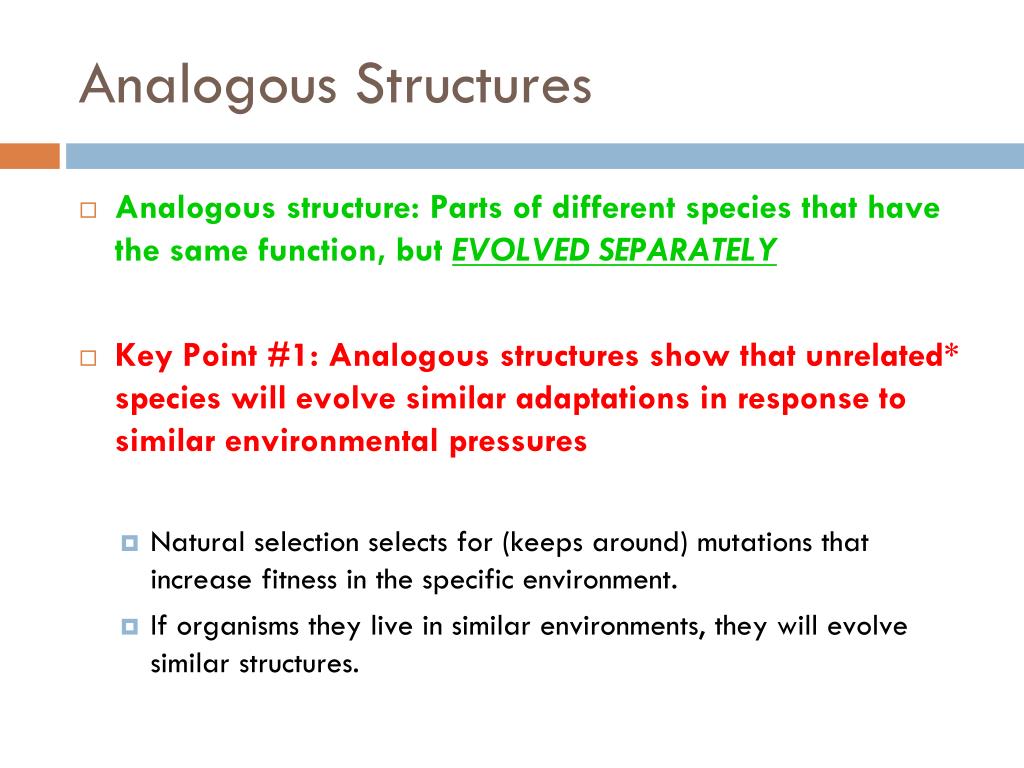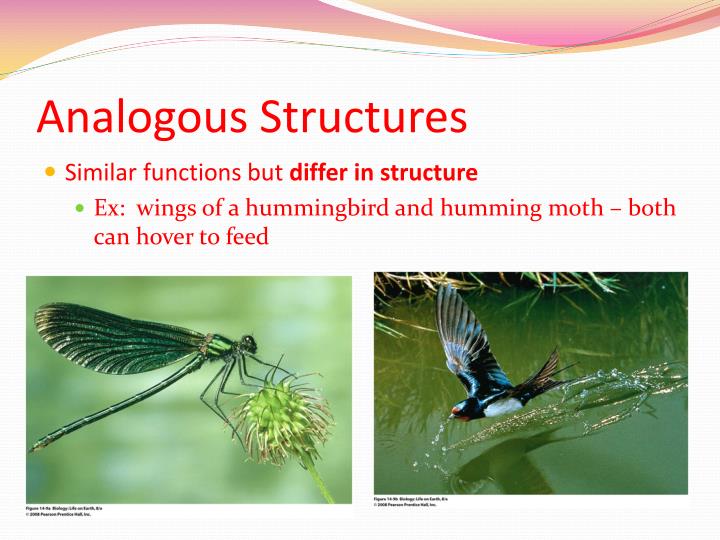

Conserved structural features in eukaryotic and prokaryotic fucosyltransferases.

The carbohydrate-active enzymes database (CAZy) in 2013. Lombard, V., Golaconda Ramulu, H., Drula, E., Coutinho, P. Fucosyltransferases: structure/function studies. Selectins and glycosyltransferases in leukocyte rolling in vivo. P- and E-selectins recognize sialyl 6-sulfo Lewis X, the recently identified L-selectin ligand. Clinicopathological and prognostic significance of sialyl Lewis X overexpression in patients with cancer: a meta-analysis. Fucosylation in prokaryotes and eukaryotes. Biological functions of fucose in mammals. Vertebrate protein glycosylation: diversity, synthesis and function. Comparisons with other GT10 fucosyltransferases and GT-B fold glycosyltransferases provide evidence for modular evolution of donor- and acceptor-binding sites and specificity for Lewis antigen synthesis among mammalian GT10 fucosyltransferases. The structures reveal substrate specificity determinants and allow prediction of a catalytic model supported by kinetic analyses of numerous active site mutants. Here, we determined crystal structures of human FUT9, an α1,3-fucosyltransferase that generates Lewis x and Lewis y antigens, in complex with GDP, acceptor glycans, and as a FUT9–donor analog–acceptor Michaelis complex. At present, the only available crystallographic structure of a GT10 member is that of the Helicobacter pylori α1,3-fucosyltransferase, but mammalian GT10 fucosyltransferases are distinct in sequence and substrate specificity compared with the bacterial enzyme. Terminal glycan structures include Lewis antigens synthesized by a collection of α1,3/4-fucosyltransferases (CAZy GT10 family). Mammalian cell surface and secreted glycoproteins exhibit remarkable glycan structural diversity that contributes to numerous physiological and pathogenic interactions.


 0 kommentar(er)
0 kommentar(er)
